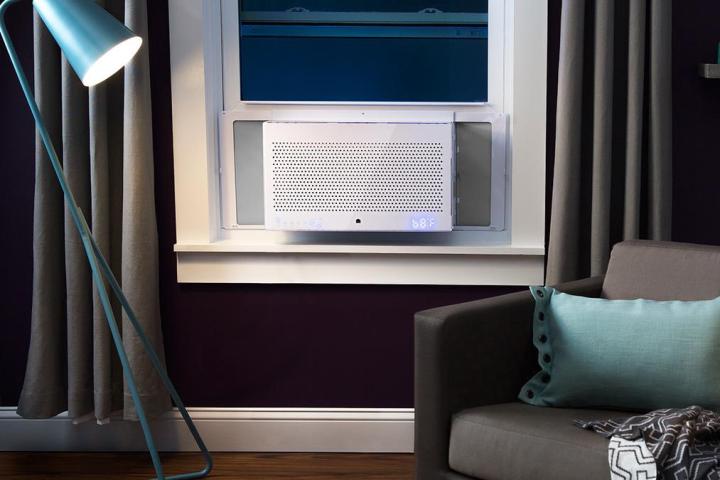
As much as there is a lot of carbon dioxide produced by powering the air conditioners that 90 percent of Americans have in their homes, it’s the fact that they use hydrofluorocarbons (HFCs) as their refrigerant that’s being targeted. It doesn’t tend to get out, but if it does, it’s bad news for the atmosphere, since HFCs trap a hell of a lot more heat inside the atmosphere than other greenhouse gases like CO2.
They’re a lot better than the chlorofluorocarbons (CFCs) they replaced, because those gases were chewing through the Earth’s ozone, but HFCs are still not very environmentally friendly. Since their introduction in the 1990s, there’s been a trend of them leaking out during the manufacturing process, or when improperly disposed of.
Moving forward, the U.S. wants to (domestically and internationally) roll out the adoption of alternatives, like hydrofluoroolefins (HFOs) which break down much more rapidly in the atmosphere (per NYTimes), so if they do leak, they won’t cause anywhere near the same amount of damage — at least in theory.
The U.S. is proposing that all developed countries start shifting manufacturing over to replacements for HFCs by 2019. India, which as a developing nation would be beholden to the 2021 start date, has requested an extension. It’s far from the greenhouse gas emitter that the U.S. or China are, but it’s expected to see an explosion in its air conditioning market in the coming years and doesn’t want to shoulder the extra expense of newer compounds for its refrigerants.
Environmental agencies have argued, however, that it may be more economical to switch to newer, more expensive compounds in the near future, since building an industry around HFCs, only to be forced to change over to something in the future any way, could prove far more costly.
The end result for consumers is possibly more expensive air conditioning units in the future, but they should be more efficient and much more environmentally friendly. Just make sure you dispose of your current one properly before switching.
Editors' Recommendations
- White House unveils 31 U.S. tech hubs to boost industry
- Amazon expands its virtual healthcare service across the U.S.
- U.S. airports safer after software upgrades aimed at preventing taxiway landings
- Alaska Airlines to offer digital baggage tags in U.S. first
- How to watch SpaceX launch a U.S. spy satellite today




